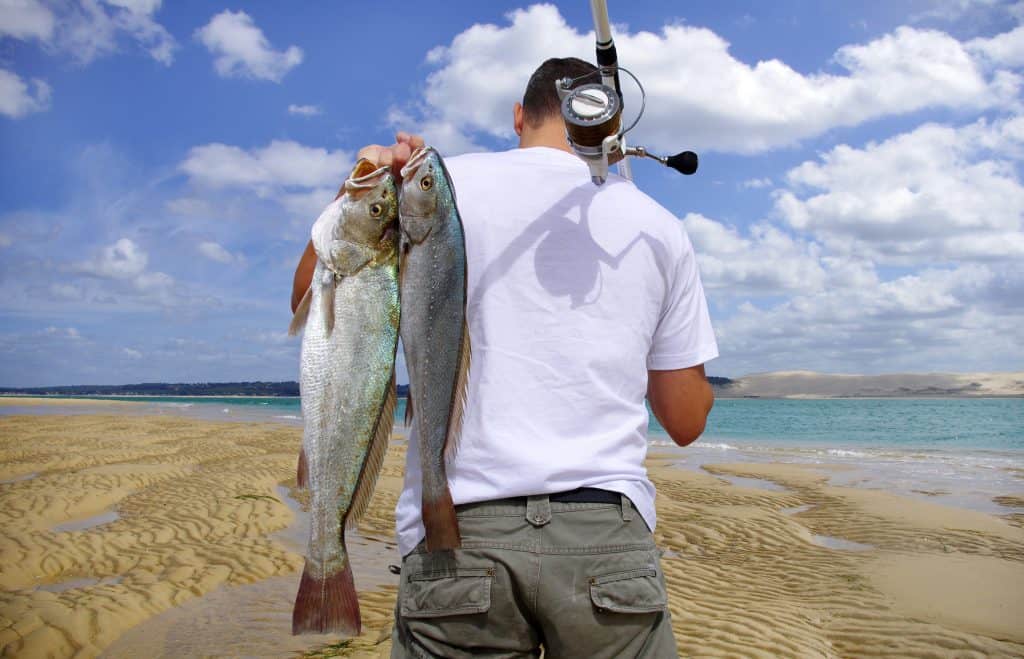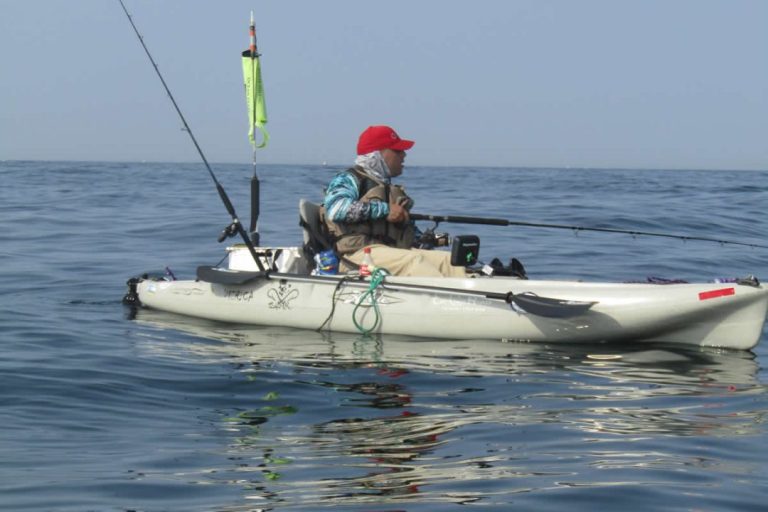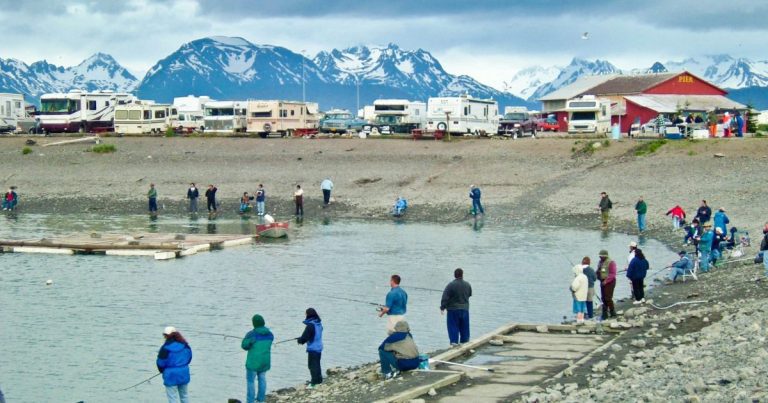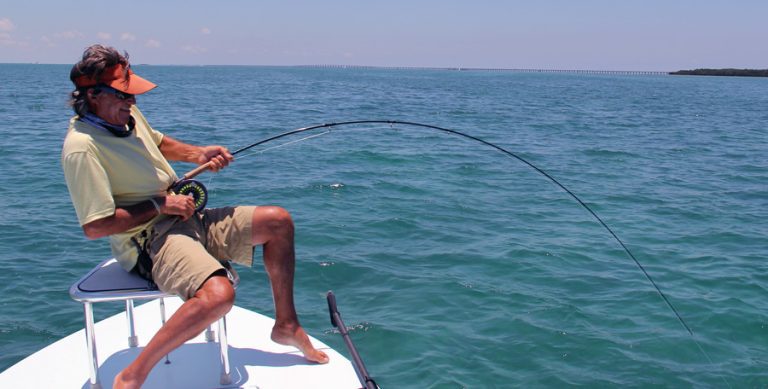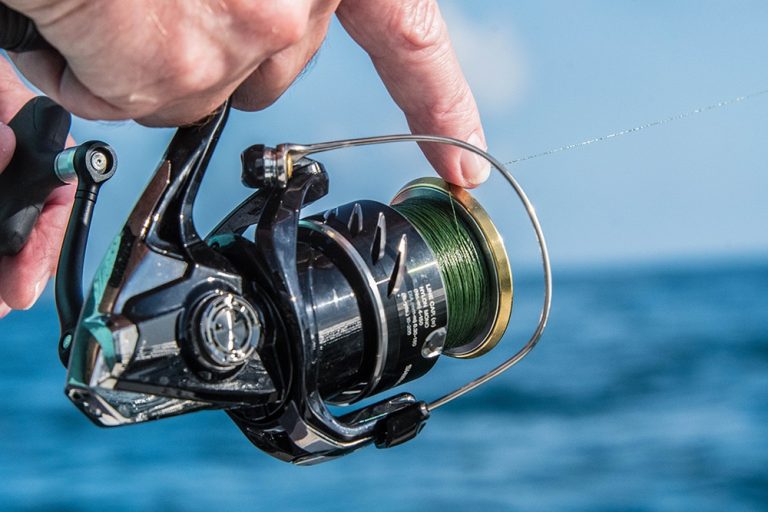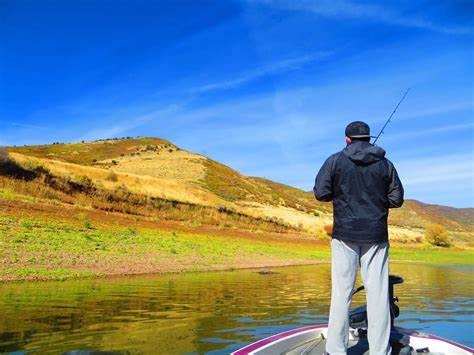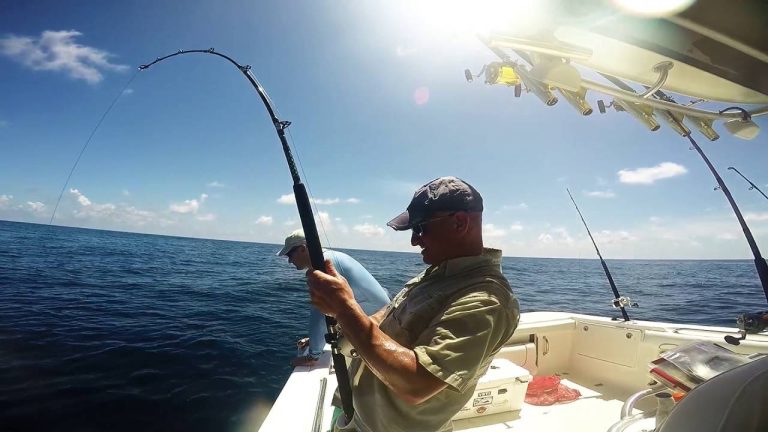Tennessee offers anglers an exceptional year-round fishing experience across its diverse waterways. From the mountain streams of the east to the mighty Mississippi in the west, each month brings unique opportunities to target different species under varying conditions. This comprehensive guide breaks down what fish to target in Tennessee during each month of the year, helping you maximize your success on the water no matter when you visit.
Before heading out, ensure you have a valid Tennessee fishing license to stay compliant with state regulations.
January: Winter Trophy Opportunities
January in Tennessee presents focused opportunities for dedicated anglers willing to brave the cold:
- Trout: The highlight of winter fishing in Tennessee, particularly in the eastern region. The Tennessee Wildlife Resources Agency (TWRA) maintains an active stocking program during winter months.
- Best locations: South Holston River, Clinch River, and Hiwassee River tailwaters
- Effective tactics: Small nymphs, midges, and egg patterns for fly anglers; small spinners and natural baits for spin fishing
- Target size: 10-16 inches for stocked rainbow trout; 16-22+ inches for wild browns
- Sauger: These walleye relatives make exceptional winter targets below dams.
- Prime locations: Tennessee River and Cumberland River below major dams
- Techniques: Vertical jigging with minnow-tipped jigs in deeper holes
- Crappie: Suspended in deeper water around structure.
- Approach: Use electronics to locate schools in 15-30 feet of water near deep brush piles and creek channels
February: Pre-Spawn Preparations
As waters gradually warm, February fishing brings heightened activity:
- Smallmouth Bass: Begin staging for spring spawn in deeper water near spawning flats.
- Top waters: Dale Hollow Lake, Center Hill Lake, and Chickamauga Lake
- Techniques: Slow-rolled jigs and suspending jerkbaits in 15-25 feet of water
- Walleye: The pre-spawn run begins in late February through March.
- Hot spots: Norris Lake, Dale Hollow, and Cherokee Lake
- Method: Night fishing with jigs tipped with nightcrawlers around rocky points
- Trout: Continued excellent cold-water action in tailwaters.
- Regulations: Be aware of special regulation areas with catch-and-release or restricted harvest rules
March: Early Spring Transition
March marks a significant transition period as water temperatures climb and fish become more active:
- Crappie: Begin moving toward shallower water as spawning season approaches.
- Locations: Kentucky Lake, Percy Priest Lake, and Old Hickory Lake
- Techniques: Spider rigging with live minnows around submerged brush in 8-15 feet
- Largemouth Bass: Pre-spawn feeding increases dramatically.
- Pattern: Target creek channels and points adjacent to spawning flats
- Lures: Lipless crankbaits, medium-diving crankbaits, and jigs
- Striped Bass: Excellent spring runs occur below dams.
- Prime locations: Cordell Hull Dam, Center Hill Dam, and Chickamauga Dam
- Baits: Live shad or large swimbaits
April: Peak Spawning Activity
April represents prime time for many species as spawning activities peak:
- Crappie: The most anticipated spawn of the year.
- Indicators: When water temperatures reach 58-65°F
- Locations: Shallow coves with brush, timber, or other cover in 2-6 feet
- Techniques: Vertical jigging or casting small jigs under floats
- Bass: All three black bass species (largemouth, smallmouth, spotted) engage in spawning activities.
- Approach: Sight fishing for beds in clear water
- Lures: Soft plastics, especially creature baits and tubes
- White Bass: Major spring runs occur up tributaries.
- Hotspots: Buffalo River, Duck River, and Piney River
- Methods: Small spinners, jigs, and live minnows
| Species | Water Temperature | Typical Depth | Best Lures/Baits |
|---|---|---|---|
| Crappie | 58-65°F | 2-6 feet | Minnows, 1/16 oz jigs |
| Largemouth Bass | 62-68°F | 1-5 feet | Soft plastics, jigs |
| Smallmouth Bass | 60-65°F | 2-8 feet | Tubes, ned rigs |
| White Bass | 55-65°F | 1-4 feet | Small spinners, jigs |
May: Post-Spawn Feeding Frenzy
As spawning activities conclude, May offers excellent fishing across species:
- Bluegill and Shellcracker: Peak bedding activity.
- Pattern: Look for circular beds in shallow bays with sandy bottoms
- Approach: Small popping bugs for fly anglers; crickets and worms under floats for conventional tackle
- Largemouth Bass: Post-spawn recovery period.
- Locations: Deep points and ledges adjacent to spawning flats
- Techniques: Topwater at dawn/dusk, deep-diving crankbaits during day
- Catfish: Increased activity as waters warm.
- Species: Channel, blue, and flathead catfish
- Baits: Cut bait, chicken liver, and prepared stink baits
For Tennessee fishing regulations specific to May, check the TWRA Fishing Guide for current creel limits and size restrictions.
June: Early Summer Patterns
June signals the transition to summer patterns with increasingly predictable fish behavior:
- Bass: Begin establishing summer patterns on river systems and reservoirs.
- Largemouth: Target ledges and offshore structure on Tennessee River impoundments
- Smallmouth: Focus on current breaks and rocky structure
- Lures: Deep-diving crankbaits, football jigs, and big Texas-rigged worms
- Striped Bass and Hybrids: Excellent fishing as they school in deeper water.
- Locations: Norris Lake, Watts Bar, and Percy Priest
- Methods: Live bait (shad, skipjack) or trolling with large swimbaits
- Tip: Early morning and late evening provide best topwater opportunities
- Trout: Higher elevation streams in the Great Smoky Mountains offer relief from summer heat.
- Flies: Terrestrial patterns (ants, beetles, grasshoppers)
- Times: Focus on early morning and evening to avoid crowds
July: Peak Summer Strategies
July’s heat demands adjusted tactics for continued success:
- Catfish: Prime time for trophy blues and flatheads.
- Locations: Deep holes in major rivers like the Tennessee, Cumberland, and Mississippi
- Baits: Fresh cut bait, live bluegill (where legal)
- Timing: Night fishing produces best results
- Bass: Deeper structure fishing dominates.
- Patterns: Focus on main lake points, humps, and ledges in 15-30 feet
- Techniques: Deep cranking, football jigs, and heavy Carolina rigs
- Timing: Early morning topwater can be exceptional
- Crappie: Suspend around deeper brush piles.
- Depth: Typically 15-25 feet around structure
- Method: Vertical jigging with electronics to pinpoint schools
For those looking to fish Tennessee as a non-resident, TWRA offers various license options.
August: Beat the Heat Tactics
August requires strategic approaches to combat challenging conditions:
- Trout: High elevation streams in the Smokies provide refuge.
- Locations: Above 3,000 feet elevation in Great Smoky Mountains National Park
- Techniques: Light tippet, small dry flies, and stealthy approaches
- Bass: Dawn and dusk become critical windows.
- Morning pattern: Topwater along shallow points and grass lines
- Daytime pattern: Deep structure in 20-35 feet
- Night fishing: Black spinnerbaits and dark-colored soft plastics around lighted docks
- Bluegill: Deep water patterns establish.
- Locations: Deeper docks, brush piles in 10-15 feet
- Baits: Small crickets, worms, or micro jigs
September: Early Fall Transitions
September marks the beginning of fall patterns and increased activity:
- Bass: Begin transitioning from deep summer haunts toward shallower water.
- Pattern: Follow baitfish migrations into creeks and coves
- Lures: Shad-imitating crankbaits, spinnerbaits, and topwater
- Crappie: Schools become more active and begin moving shallower.
- Locations: Brush piles and stake beds in 10-15 feet
- Techniques: Spider rigging and casting small jigs
- Sauger and Walleye: Activity increases as water temperatures cool.
- Locations: Main river channels near current breaks
- Lures: Jigging spoons, blade baits, and live minnows
October: Fall Feeding Frenzy
October offers some of the year’s best fishing across species:
- Striped Bass: Major fall feeding activity.
- Pattern: Follow shad schools in major tributaries and main lake points
- Techniques: Topwater walking baits, large swimbaits, and live bait
- Black Bass: Aggressive shallow feeding.
- Locations: Backs of creeks and shallow flats
- Lures: Crankbaits, spinnerbaits, and jerkbaits in shad patterns
- Crappie: Fall patterns fully established.
- Depth: 8-15 feet around structure
- Technique: Casting small jigs or minnows under floats near brush
Tennessee’s fishing regulations vary by water body and species, so always check current rules before your trip.
November: Late Fall Opportunities
November provides excellent opportunities before winter sets in:
- Trout: Stocking programs resume in many tailwaters.
- Locations: Elk River, Caney Fork River, and Hiwassee River
- Flies/Lures: Midges, small nymphs, egg patterns, and micro jigs
- Bass: Feeding heavily before winter.
- Pattern: Focus on steep drops near shallow flats
- Presentation: Slow-rolling spinnerbaits, jigs, and suspending jerkbaits
- Crappie: Still active around structure.
- Locations: Creek channel edges in 12-20 feet
- Technique: Vertical jigging with electronics
December: Winter Pattern Establishment
December marks the transition to winter patterns:
- Trout: Excellent tailwater opportunities continue.
- Focus: Dam releases provide consistent temperatures and feeding opportunities
- Tactics: Small nymphs, midges, and slow-fished streamers
- Sauger: Winter runs begin below major dams.
- Locations: Below dams on the Tennessee and Cumberland Rivers
- Lures: Heavy jigs tipped with minnows in current breaks
- Crappie: Deep winter patterns establish.
- Depth: 20-30 feet in main lake areas near structure
- Technique: Tight-line vertical jigging with sensitive equipment
Regional Fishing Hotspots in Tennessee
Tennessee’s geography creates distinct fishing opportunities across three regions:
East Tennessee Highlights
- Great Smoky Mountains: Wild trout streams with brook, rainbow, and brown trout.
- Notable waters: Little River, Abrams Creek, and Tellico River
- Regulations: Special trout regulations apply in many areas
- Tailwaters: World-class trout fishing below TVA dams.
- Top destinations: South Holston River, Watauga River, and Clinch River
- Species: Trophy brown trout (20+ inches) and rainbow trout
- Highland Reservoirs: Exceptional smallmouth bass fisheries.
- Prime waters: Cherokee Lake, Douglas Lake, and Watauga Lake
- Seasonal pattern: Spring spawning in shallow rocky areas; summer on main lake points
Middle Tennessee Highlights
- Percy Priest Lake: Diverse fishery close to Nashville.
- Targets: Largemouth bass, crappie, and hybrid striped bass
- Hotspots: Standing timber areas, rocky points, and the dam area
- Center Hill Lake: Trophy smallmouth destination.
- Pattern: Deep rock structures and bluff walls
- Size potential: 5+ pound smallmouth possible
- Duck River: One of Tennessee’s most diverse flowing water fisheries.
- Species: Smallmouth bass, rock bass, catfish, and multiple sunfish species
- Approach: Float trips offer best access to productive areas
West Tennessee Highlights
- Kentucky Lake & Barkley Lake: World-renowned for bass and crappie.
- Technique: Ledge fishing for summer bass with deep crankbaits and football jigs
- Crappie approach: Spider rigging and jig shooting around brush piles
- Reelfoot Lake: Unique cypress tree fishery.
- Known for: Bluegill, crappie, and bass around cypress trees
- Method: Fishing cypress knees and tree bases
- Mississippi River: Trophy catfish opportunities.
- Species: Blue catfish exceeding 80 pounds
- Method: Cut bait on heavy tackle in deep holes and current breaks
Essential Seasonal Gear Recommendations
Adapt your tackle box for Tennessee’s seasonal patterns:
| Season | Primary Species | Essential Gear |
|---|---|---|
| Winter | Trout, Sauger | Ultra-light rods, small jigs, midges, egg patterns |
| Spring | Bass, Crappie | Medium action rods, crankbaits, jigs, live minnows |
| Summer | Catfish, Deep Bass | Heavy rods, deep cranks, Carolina rigs, cut bait |
| Fall | Bass, Stripers | Medium-heavy rods, topwater, spinnerbaits, swimbaits |
Conservation and Regulations
Tennessee’s fishing regulations vary significantly by water body and species. Always check the current TWRA fishing guide before your trip, as limits and regulations may change annually. Key points to remember:
- License requirements: All anglers 13 and older need a valid Tennessee fishing license
- Trout stamp: Required for trout fishing in addition to basic license
- Creel limits: Vary by water body and species
- Length limits: Often in place for bass, trout, and other gamefish
- Seasonal closures: Apply to certain species and waters
For complete information on licenses, visit the Tennessee fishing license guide.
Conclusion
Tennessee offers exceptional fishing opportunities throughout the year, with each month presenting unique patterns and species to target. By understanding seasonal movements and adapting your approach accordingly, you can enjoy productive fishing trips regardless of when you visit. From trophy trout in eastern tailwaters to monster catfish in the Mississippi River, Tennessee’s diverse waterways provide something for every angler.
Remember to check local regulations, stay informed about seasonal patterns, and practice responsible fishing ethics to preserve Tennessee’s remarkable fisheries for future generations.



